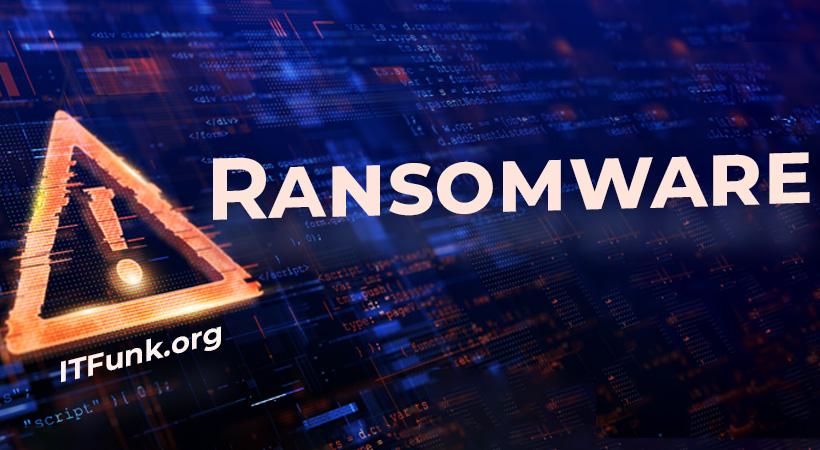In a recent inspection of malware samples submitted to VirusTotal, a new ransomware named Dx31 has been identified as part of the notorious Phobos family. This ransomware is designed to encrypt user data, rename files, and present victims with ransom notes, causing significant disruption and potential data loss. Understanding the characteristics of Dx31 and implementing preventive measures is crucial for safeguarding your computer and data.
Dx31 Ransomware: An Overview
Dx31, a member of the Phobos family, employs sophisticated techniques to compromise and control systems. Upon activation, the ransomware encrypts files, appending a distinctive “.dx31” extension to filenames. For instance, “1.jpg” becomes “1.jpg.id[9ECFA84E-3449].[dx31@mail.com].dx31,” highlighting the victim’s ID, an email address, and the ransomware extension.
Ransom Note and Communication
Dx31 follows the typical ransomware pattern by displaying a ransom note (“info.hta” and “info.txt”) after encrypting files. The note informs victims of the encryption and alleges a security issue with their computer. To communicate with the attackers, victims are instructed to reach out via email at dx31@mail.com, with a specific ID included in the subject.
An alternative contact email (dx31@usa.com) is provided for cases where there is no response within 24 hours. The ransom note demands payment in Bitcoins for file decryption, with the specific amount left unspecified, contingent on the victim’s response speed. To establish credibility, the attackers offer to decrypt up to 5 files for free under certain conditions.
Infection and Persistence
Dx31 not only encrypts files but also deactivates the firewall and erases Volume Shadow Copies, limiting data recovery options. Exploiting vulnerabilities in Remote Desktop Protocol services, the ransomware gains unauthorized access through brute force and dictionary attacks. Dx31 further complicates recovery efforts by gathering location data and selectively excluding predefined locations.
How Ransomware Infects Computers
Understanding how ransomware like Dx31 infects computers is essential for prevention. Common infection methods include opening malicious email attachments, clicking deceptive links, visiting compromised websites, downloading software from untrustworthy sources, using outdated software, inserting infected removable media, and falling victim to social engineering tactics. Cybercriminals often use various file types, such as MS Office documents and executables, to deliver ransomware.
Detection Names and Symptoms
Various antivirus programs detect Dx31 using names like Win32:Phobos-D [Ransom], Trojan.Ransom.PHU, A Variant Of Win32/Filecoder.Phobos.C, HEUR:Trojan-Ransom.Win32.Phobos.vho, and Ransom:Win32/Phobos.PM. Symptoms of Dx31 infection include an inability to open files, altered file extensions, and the display of ransom demand messages on the desktop.
Dx31 Ransomware Removal Guide
Step 1: Disconnect from the Internet
Immediately disconnect your computer from the internet to prevent further data loss and potential communication with the attackers.
Step 2: Remove Suspicious Applications
- Navigate to the “Control Panel” on Windows or “Applications” on Mac.
- Identify and uninstall any suspicious applications, especially those recently installed or unfamiliar.
Step 3: Restore Files from Backup
If you have a recent backup, restore your files after ensuring that the ransomware has been fully removed.
Step 4: Strengthen Security Measures
- Update your operating system and software regularly.
- Install reputable antivirus or anti-malware software and keep it up-to-date.
- Exercise caution when opening email attachments, clicking links, and downloading files.
- Educate yourself and your team on cybersecurity best practices.
Conclusion
Dx31 ransomware, as part of the Phobos family, poses a serious threat to your data and privacy. By understanding its characteristics and adopting proactive security measures, you can significantly reduce the risk of infection. Regular backups, updated security software, and user awareness are essential components of a robust defense against ransomware attacks.





